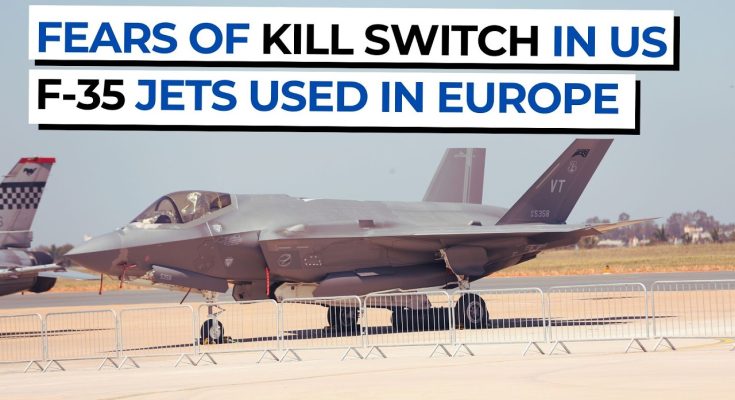Why Portugal Rejected the F-35 Deal and What It Means for NATO
Portugal, a long-time NATO member and key strategic partner in Europe, recently made a surprising decision: it rejected the F-35 Lightning II deal and instead opted to modernize its fleet with a more cost-effective alternative. While many European countries—including the UK, Germany, Italy, and the Netherlands—have embraced the F-35 as their next-generation fighter, Portugal’s decision raises questions about cost, operational independence, and NATO’s long-term air strategy.
Why did Portugal say no to the world’s most advanced stealth fighter, and what are the implications for NATO’s defense plans?
The Reasons Behind Portugal’s Rejection
Despite the F-35’s reputation as a game-changing fighter, Portugal’s strategic and financial considerations played a key role in the rejection.
1. High Cost and Budget Constraints
🔹 The F-35A costs around $80 million per unit, with additional long-term maintenance and software fees.
🔹 Operating the F-35 is significantly more expensive than other 4.5-generation fighters, with hourly flight costs exceeding $35,000.
🔹 Portugal’s limited defense budget made acquiring the F-35 unrealistic, especially with other military priorities such as naval modernization and cybersecurity investments.
2. Preference for a More Affordable Fighter
🔹 Instead of the F-35, Portugal is looking to upgrade its fleet of aging F-16 Fighting Falcons or purchase a less expensive 4.5-generation fighter such as the Gripen E or Eurofighter Typhoon.
🔹 These aircraft offer strong air-to-air and air-to-ground capabilities at a fraction of the F-35’s cost.
🔹 Portugal’s primary defense focus is NATO air policing and regional security, which does not require stealth capabilities like those of the F-35.
3. Concerns Over U.S. Control and “Kill Switch” Fears
🔹 European nations have growing concerns about U.S. control over F-35 software and operational data.
🔹 The Autonomic Logistics Information System (ALIS) and ODIN allow the U.S. to track, update, and potentially restrict F-35 operations remotely.
🔹 Portugal prefers greater operational independence, avoiding potential situations where the U.S. could limit its F-35 capabilities in a crisis.
What This Means for NATO and European Defense
Portugal’s decision not to buy the F-35 has broader implications for NATO airpower and European defense strategy.
✅ Diversification of NATO Fighter Fleets – While many NATO nations rely on the F-35, Portugal’s move suggests that not all allies see it as the only option. This could encourage more European-built fighters, reducing dependency on U.S. technology.
✅ Stronger European Defense Industry – Portugal’s choice could push for more investment in European aircraft programs, such as the Eurofighter Typhoon and the upcoming Future Combat Air System (FCAS).
✅ Cost-Effective Air Policing Missions – For nations with smaller defense budgets, advanced 4.5-generation fighters remain a viable alternative to the expensive F-35.
Final Thoughts
Portugal’s rejection of the F-35 highlights a growing divide in NATO over fighter jet procurement, cost concerns, and technological dependence on the U.S. While the F-35 remains dominant, not every ally sees it as the right choice for their defense needs.



